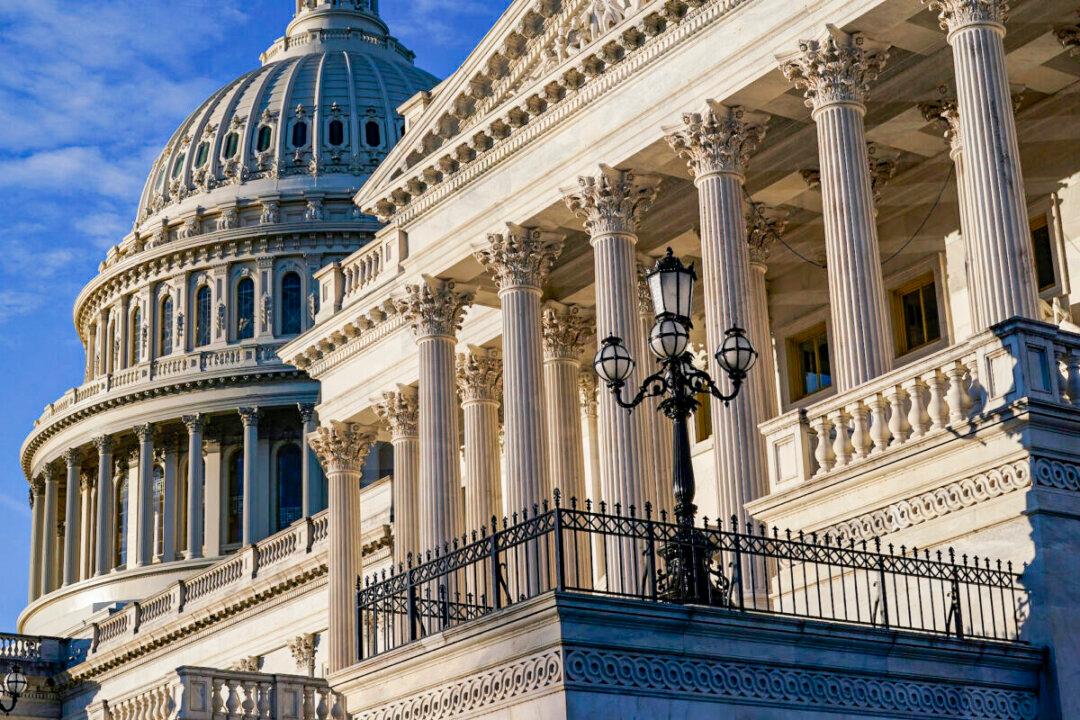The U.S. government’s budget deficit is forecast to shrink this year before soaring in the coming years, the Congressional Budget Office (CBO) wrote in its 2022–2032 budget and economic outlook on May 25.
The federal deficit will fall to $1 trillion this year, down from $2.8 trillion in 2021. The significant deficit decline is attributed to the expiration of costly pandemic-related emergency programs and rising tax revenues.





